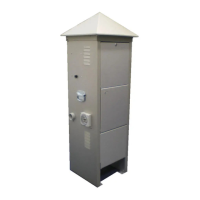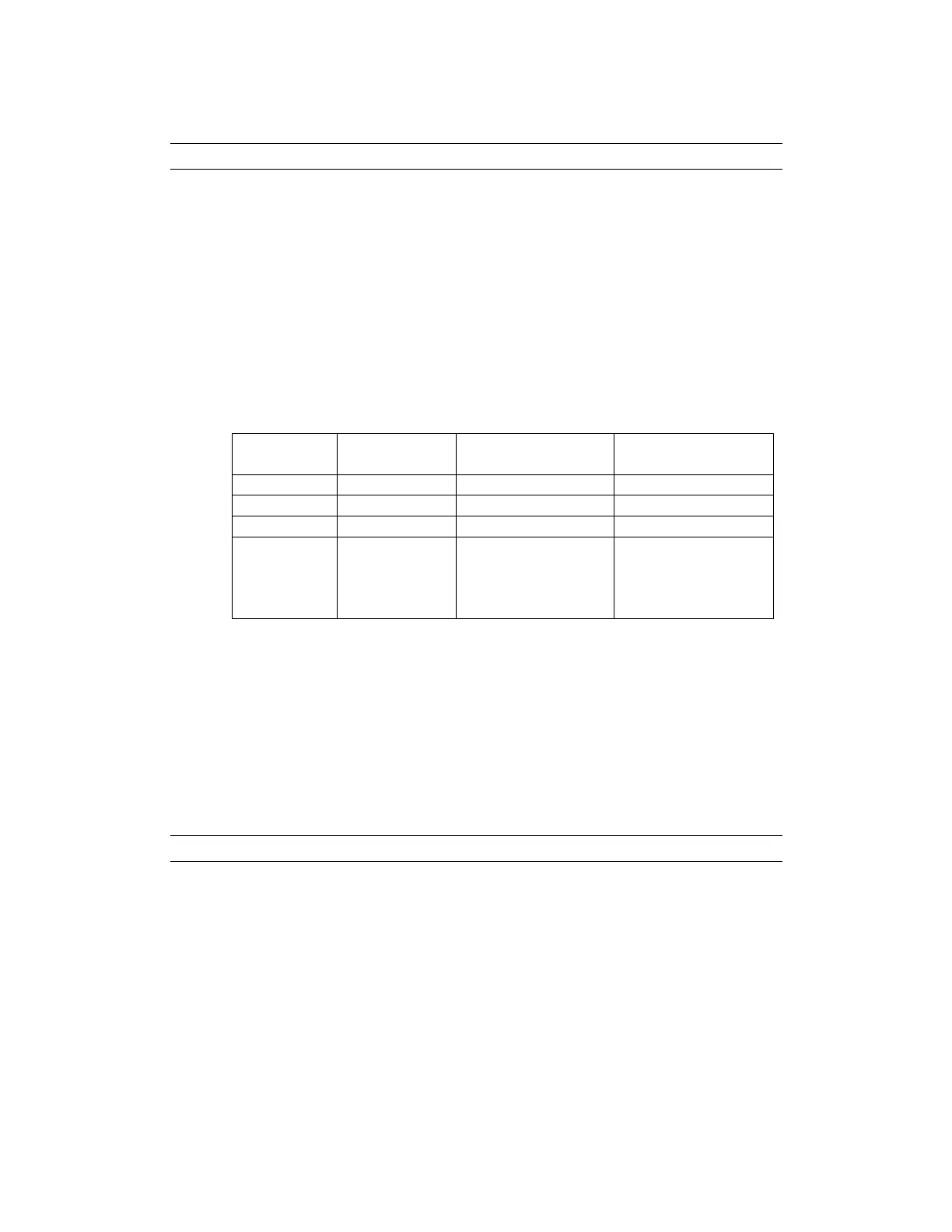HiVol 3000 User Manual 1.7 Maintenance
67
6.3.5 Flow Sensor Adjustment
It is possible that the flow sensor may need to be re-zeroed from time to time. This
may be necessary if the HiVol is dropped during transportation, or for other reasons.
To find out if this adjustment procedure is required:
1.
Calibrate the HiVol flow rate by carefully following the procedure in the User
Manual supplied with the HiVol 3000.
2.
During the calibration, record the average value of the three flow voltages (at
60, 70 and 80 m
3
/hour) from the HiVol display.
3.
The average flow voltage should differ by approximately 0.3 Volts between 60
and 70 m
3
/hour and by approximately 0.3 Volts between 70 and 80 m3/hour.
4.
The three flow voltages should be within the range 0.5V to 4.5V.
5.
If the flow voltages are outside this range, the unit may not calibrate correctly.
6.
A few examples:
Table 4 Flow voltage values
Flow:
Good
values
Bad values Bad values
60 m
3
/hour 2.2V 2.20V 0.000V
70 m
3
/hour 2.5V 2.25V 0.000V
80 m
3
/hour 2.8V 2.30V 0.250V
(much less than
0.3V between
points = BAD)
(points outside the
acceptable
voltage range =
BAD)
7.
Another clue is to check the Flow Coefficients in the Hidden Menu. If Flow
Coefficient 2 is greater than 0.0005, or if it is a negative number, there may be
a problem.
8.
If this is the case, check that there are no leaks during the calibration. In
particular, make sure the calibration plate is secured to the sampler with the
thumb-screws provided and that the calibration plate is sitting flat.
6.3.6 Flow sensor Replacement
6.3.6.1 Removing the Rear Panel
1. Switch off the power at the supply and remove the power connector from the
side of the HiVol. The hinged inlet should be raised (or can be removed if
necessary.)
2.
Using #2 Philips-head screwdriver, remove the two screws securing the rear
panel (arrows shown in photo.) The panel will drop down slightly, allowing
the base of the rear panel to be pulled outwards. The rear panel can then be
carefully removed.

